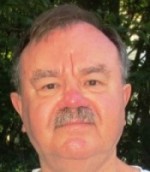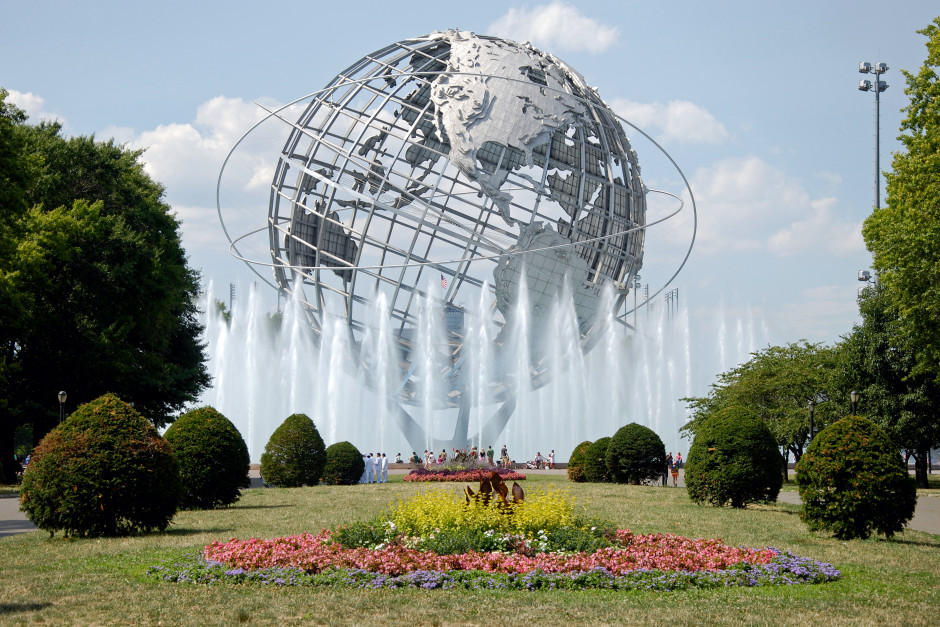It had no fewer than three official themes, “Man’s Achievements on a Shrinking Globe in an Expanding Universe,” “Peace Through Understanding,” and “A Millennium of Progress.”
Its symbol was a 12-story high, stainless-steel model of the earth, the Unisphere, which still can be seen in Queens, New York, where it was held.
The New York World’s Fair ran for two six-month seasons, April 22- October 18, 1964 and April 21- October 17, 1965. Admission price for adults was $2 in 1964.
The Bureau of International Exhibitions, headquartered in Paris, never sanctioned the fair, so there were only 36 foreign pavilions, most of them hosted by small nations.
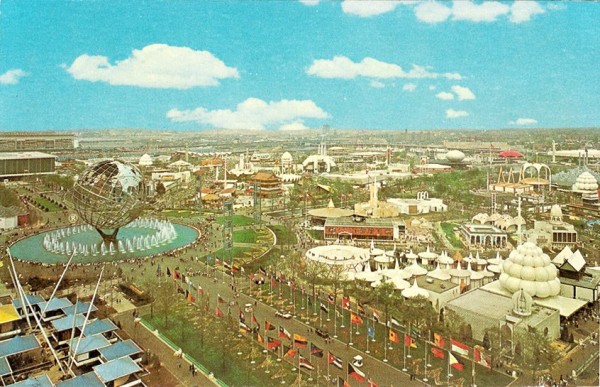
The highlight of the fair, however, was the exhibits of American corporations. Most American companies had a major presence. Among those participating were General Electric, Ford, General Motors, Chrysler, IBM, U.S. Steel, Pepsi Cola, DuPont, RCA, and Westinghouse.
The General Motors pavilion showcased a “Futurama,” where visitors seated in moving chairs glided past elaborately detailed miniature 3-D model scenery showing what life might be like in the world of 2064.
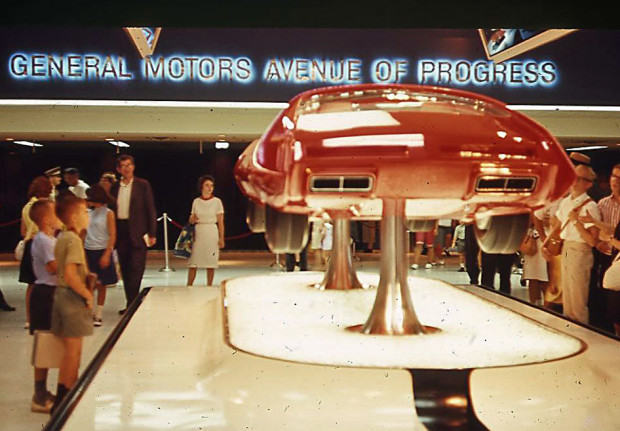
For many visitors, it was their first introduction to computers – those gigantic monsters only huge organizations could afford.
Those were indeed optimistic times, when the future seemed limitless, and no one worried about the effect humans were having on the environment.
In 1964 I was an 18-year-old student at McGill University in Montreal and, in those long-ago pre-internet days, kept an old-fashioned diary, written in ordinary school notebooks. I’ve fished out the one for the spring of 1964, when two friends and I took a Greyhound bus from Montreal to New York, to see the World’s Fair.
We arrived the evening of Thursday, May 7 and checked in at Sloane House, the YMCA residence at 34th St. and Ninth Ave. in Manhattan – cost, $2.50 a night for a single room. After we settled in, we immediately went off to see the sights of the Big City (to which even Montreal couldn’t compare)! At Macy’s Department store on 34th St., we saw a model of the World’s Fair.
We spent the next day seeing the sights, and that evening took the subway to Queens. The newly opened Shea Stadium, home of the baseball New York Mets, while not part of the fairgrounds proper, was listed in the fair’s maps and was served by the same subway line.
The three of us took in a night game, with the Mets playing the St. Louis Cardinals. “For $1.30 each we got general grandstand seats,” I recorded. “The scoreboard is huge, even has a screen on top showing slides of all the Mets players up at bat.” I took note of the presence of the great Casey Stengel, manager of the home team. “The crowd was very uninhibited,” I wrote. “Real New Yorkers!”
On Saturday, May 9 we went to the fair.
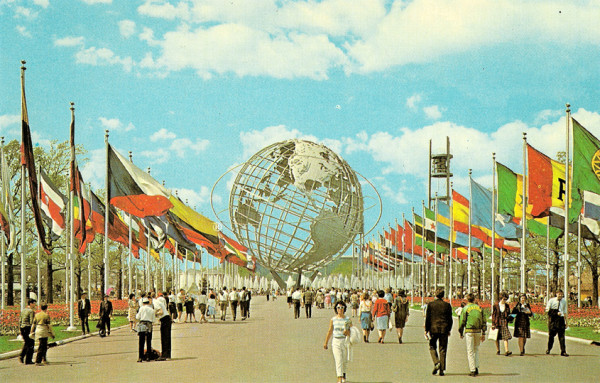
Touring the various exhibits, we were (according to my notes) very impressed with the DuPont, General Electric and IBM exhibits, considered Ford’s the best one ((Ford introduced the Mustang at the fair), but found Kodak’s only “so-so.”
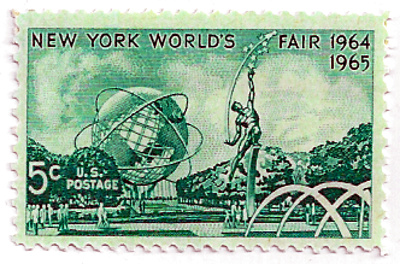
At the Missouri Pavilion, we saw the Mercury Friendship 7 spaceship, on which John Glenn had orbited the earth two years earlier. The Science Pavilion had “real Atlas rockets.” The Vatican one exhibited New York Francis Cardinal Spellman’s collection of coins and stamps. Even more impressive, the Illinois pavilion had “the actual handwritten document of the Gettysburg Address” (this was so exciting that I underlined the sentence in the diary).
It was announced that President Lyndon Johnson was visiting the Venezuelan Pavilion. “We ran over quickly” as he “shook hands with people. He looked well, just as in his pictures.” (Of course, the debacle of Vietnam, which would ruin him, was only just beginning.)
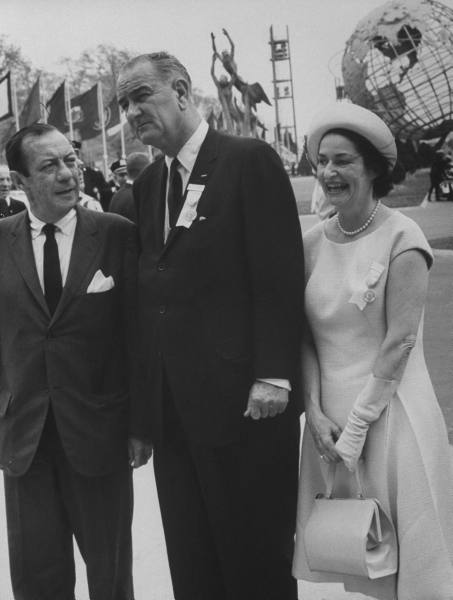
As we left New York a few days later, the three of us agreed that the fair was “an amazing extravaganza, a dream world.” Maybe that’s all it was, since the world has turned out very differently. But the 1964 World’s Fair certainly epitomised an exuberant spirit now sadly lacking. Or do we remember it that way because we were young?
Henry Srebrnik is a professor of political science at the University of Prince Edward Island.
